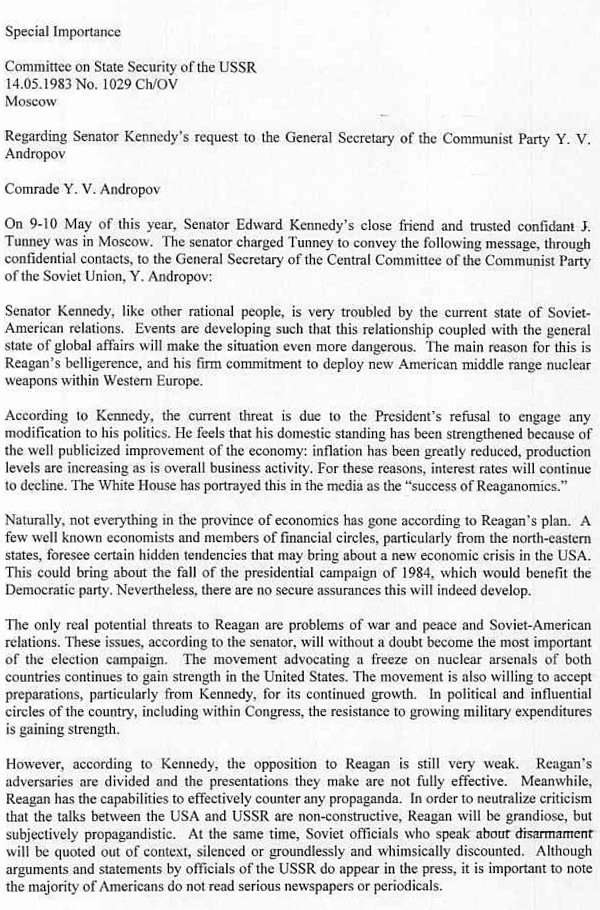It is the question that has launched a thousand TED
talks: What do millennials want? Or, more precisely, why don’t they want
the things I am selling?
Like anthropologists
striving to understand the cultural practices of a remote Amazonian
tribe, marketers have devoted themselves to studying the spending habits
of people under the age of 35 to try to figure out how to appeal to
their alien tastes. Maybe millennials are too health-conscious and
illiterate in the ways of opening metal containers to like canned tuna. Or are too environmentally conscious and content to bike around their urban habitats to want a new car. Or would rather splurge on Instagram-friendly brunch items such as avocado toast than embrace the responsibility of adulthood and save up for a down payment on a house.
Or
maybe, just maybe, the generation that graduated both with more debt
and into the worst recession in 80 years simply cannot afford to spend
money like the ones that preceded it. Now, I know, I know, there is
nothing delightfully counterintuitive about this. There is no brave
thinking involved, no reason to stroke your chin, not even an excuse to
feel morally superior to kids these days whose financial plight must be
some sort of karmic payback for their annoying quirks. No, there is just
the rotten reality that the economy is not producing as much
opportunity as it used to …
… Which, according to economists at the Federal Reserve,
really is the reason young people today are not buying as much stuff as
young people of yore. Indeed, the researchers found that, once you
account for demographic factors such age and income, there is “no
evidence that the generation-specific tastes and preferences of
millennials favor lower levels of consumption than the tastes and
preferences of other generations." Which is to say young people are not
spending as much money right now not because they do not want to, but
rather because they do not have any. Or at least not as much as young
people did in the 1980s, 1990s, and early 2000s. Give them some more,
though, and they would happily shell out for all the trappings of
middle-class life — a house, car, and, okay, maybe not canned tuna, as
that is actually one case where there are, in fact, better options
nowadays — they had supposedly eschewed.
The
question, then, is not whether this is true, but rather why it was so
hard for us to see something that so obviously was. After all, as the
researchers succinctly put it, millennials “are less well off than
members of earlier generations when they were young, with lower
earnings, fewer assets and less wealth." Is it really a surprise that
only 34 percent of them had bought a home by 2016, compared with the
nearly 50 percent of Gen Xers and baby boomers who had at that stage of
their lives? It should not be.
The problem,
though, is we live in a media culture that prioritizes what is
interesting but wrong over what is boring and true. Take unemployment.
We literally spent years debating why it was so high in the wake of the
biggest financial shock in history, worse even than the Great
Depression. Among the theories bandied about by actual economists were
that workers simply did not have enough skills for the unemployment rate
to ever come down below 10 percent again, that video games had become so enticing that young men were choosing the rewards of World of Warcraft over the rewards of work, or that robots were on their way to stealing all the jobs. Never mind that it was entirely predictable unemployment would still be high when the stimulus had not been big enough to fill our economic hole.
Sometimes
the obvious answer is the correct one. Sometimes unemployment is high
because we have not done enough to make it low. And people are not
buying things because they cannot afford to.
The only thing worse than not being clever is trying to be too clever.



